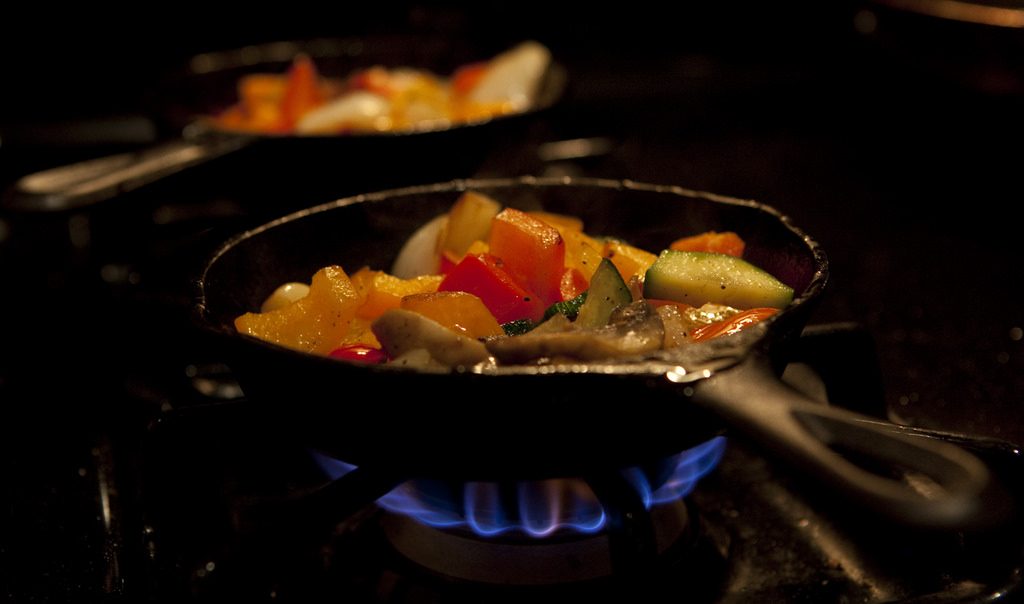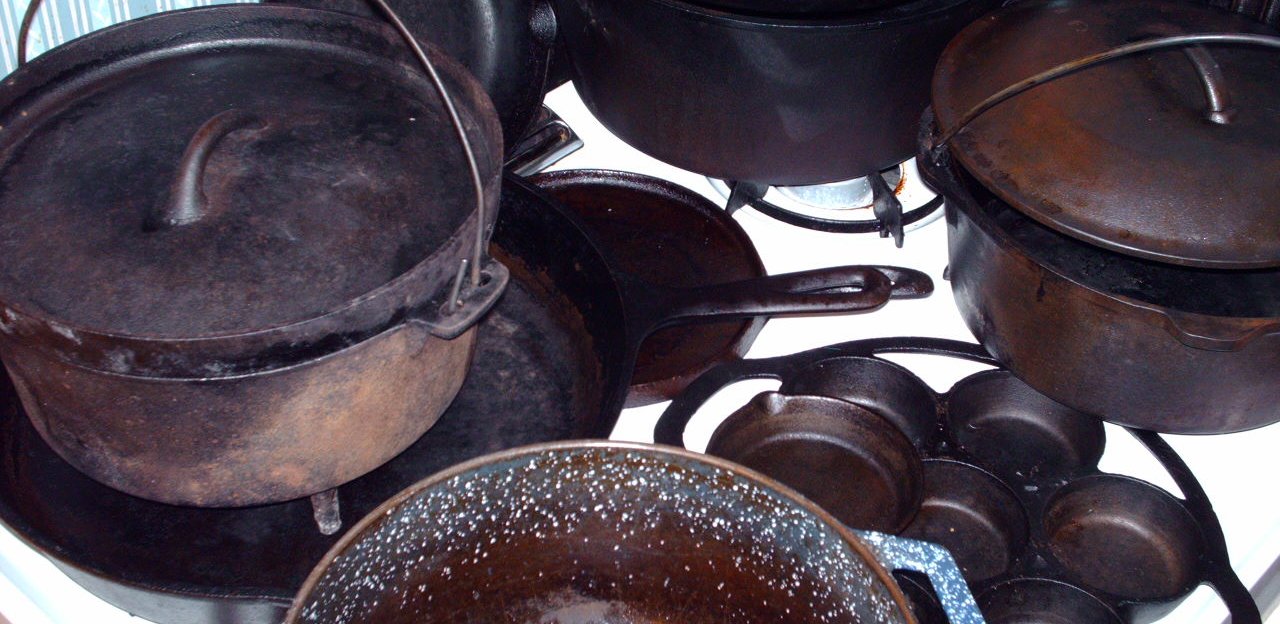Among current food trends in Pittsburgh, you may have noticed the locavore movement. The concept is simple: you buy, eat, and cook food using locally sourced ingredients. I don’t advocate being 100% locavore because there’s a whole wonderful world of imported foods to explore in Pittsburgh’s Strip District and because I’m addicted to Gouda cheese.
Still, getting into this can set you down many paths of food enlightenment, which I highly recommend. You may discover the region’s rich history of producing excellent apple cider, learn how Pennsylvania was the original whiskey capital of North America, or you may find a wonderful roadside sweet corn stand that you will make sure to stop at every summer.
However, I think this is one piece of the larger puzzle when learning to truly appreciate what Western Pennsylvania has to offer. We live in the Steel City, and most food you will cook in your life will be cooked on metal.

Andrew Carnegie’s industrial innovation was the pipeline of steel production: he mined the Midwest, sent it by way of the Great Lakes to Erie, then brought it down to Pittsburgh at the center of the Appalachian coal mining industry where the iron would be forged into pig iron & finally into steel. Sitting on three rivers, the steel could then be shipped globally.
A byproduct of this industry was a booming culinary iron casting business in Erie PA, Griswold Manufacturing. From 1865 to 1957 Griswold produced dutch ovens, waffle irons, griddles, kettles, meat grinders and other kitchen items. Their most ubiquitous and coveted product was the cast iron skillet.

Growing up in Pennsylvania for many has meant waking up to the aroma of bacon and eggs frying in a skillet and drenching flapjacks, cooked on a griddle, in maple syrup. \ The average Pennsylvanian as a child may not have recalled what their loved ones cooked for them on, but the heavy black pans that they were forbade to wash were likely cast in Erie by Griswold.
Some Pennsylvanians may have been lucky enough to have such implements passed down to them by generous parents. For those of you that were not so fortunate, I suggest scouring through antique stores, garage sales, and flea markets. You may find the Griswold pan, you may find a Wagner made in Springfield Ohio, or an unmarked or obscurely branded pan made during another era.
You’ll notice that unlike those you can find in your kitchen stores that these antique and vintage pans aren’t pebbly, but have a smooth surface. Buy one, cherish it, and keep it well seasoned. Then use it. Use it for cornbread, bacon and eggs, steak, sausage, pork chops, omelettes, stir-fries, and when you get really comfortable, flip a perfect tarte tatin out of it.













